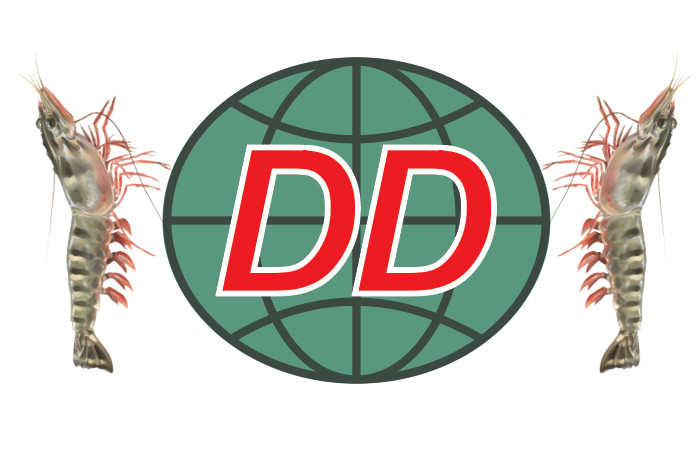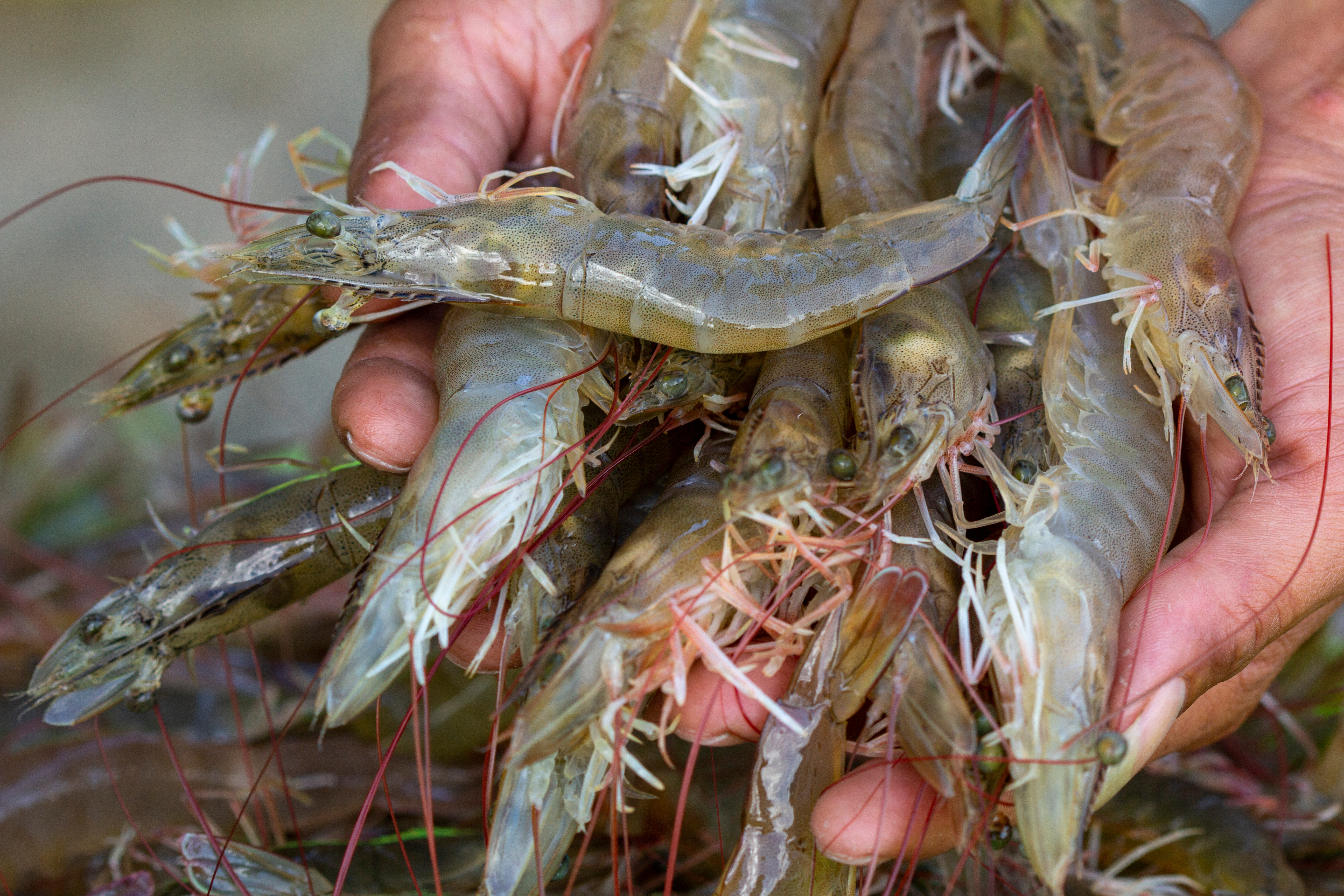2. Raw materials in aquaculture
In the aquaculture industry, raw materials include seed, feed, aquatic medicine and farming activities. Vietnamese seafood enterprises have not really closed their entire raw material source process, so the shortage and quality of seafood raw materials are always a dilemma for businesses.
3. Value chains and linkages between actors in the seafood industry
The ability to close the production process plays an important role for seafood businesses. The more self-contained an enterprise has its production activities, the higher its ability to source raw materials and business efficiency. On the contrary, the less closed an enterprise is, the more dependent it is on the outside, which will easily lead to passivity in production and reduce business efficiency.
With the increasing demand for development and quality, the operation of the seafood industry requires the participation of a number of financial institutions and accrediting agencies. between actors in the industry is getting closer and closer.
4. Source of breeding stock
The source of seed in the operation of the fisheries industry plays a very important role, it is the first step in the value chain of the seafood industry, so it is likely to affect all the remaining stages of the production chain. But currently the quality of aquatic seed sources in Vietnam is quite low.
For pangasius, the ratio of fry to fry is only about 20-35%, broodstock quality is low, not selected and standardized, so there is a phenomenon of breed degeneration. Currently, the source of pangasius seed is mainly purchased from farming households with poor quality due to the limited technical skills of farmers.
For shrimp, the quality of shrimp seed is an alarming problem. Currently, the quantity of shrimp seed that has been quarantined is not high, the broodstock is almost entirely dependent on wild harvesting, so the quality is not uniform. The state management of shrimp seed is still inadequate right from the stage of importing broodstock.
5. Areas of strong aquatic activity in the country
Vietnam's seafood production and export activities are scattered across the country with a diversity of aquatic products, but can be divided into 5 major export regions:
North Central Region, Central Coast: brackish saltwater aquaculture, especially promoting the strengths of marine farming, focusing on a number of main objects such as: shrimp of all kinds, blood cockles, abalone, grouper , cobia, snapper…
South Central Coast: Aquaculture on brackish salt water surface, with some main objects such as tilapia, shrimp of all kinds...
Southeast region: Including 4 provinces: Ninh Thuan, Binh Thuan, Ba Ria - Vung Tau and Ho Chi Minh City, mainly raising reservoir freshwater aquatic species and brackish water aquatic products such as grouper, cobia, fish tilapia, shrimp of all kinds….
The coastal area of the Mekong Delta: includes the coastal provinces of the Mekong Delta such as Tien Giang, Ben Tre, Tra Vinh, Soc Trang, Bac Lieu, Ca Mau, Kien Giang... aquaculture activities on all types of water surface, especially shrimp, pangasius - basa, blood cockles, clams and some marine fish species.
Inland provinces: Including provinces located deep inland but having a fairly dense system of rivers and canals such as Hanoi, Binh Duong, Can Tho, Hau Giang, Dong Thap, An Giang, which are favorable for aquaculture of aquatic species. Fresh water products such as: pangasius - basa, tilapia, carp...
The Mekong Delta region, with ideal conditions with a network of interlaced canals and many areas bordering the sea, has become the main aquaculture and seafood export area of Vietnam. According to statistics, in 2011 there were 37 provinces with seafood export enterprises in the whole country, in which the provinces with the largest seafood export turnover were Ca Mau (mainly thanks to the large export turnover of Minh Phu, Quoc Viet), Ho Chi Minh City, Can Tho, Dong Thap, Khanh Hoa, Soc Trang...


